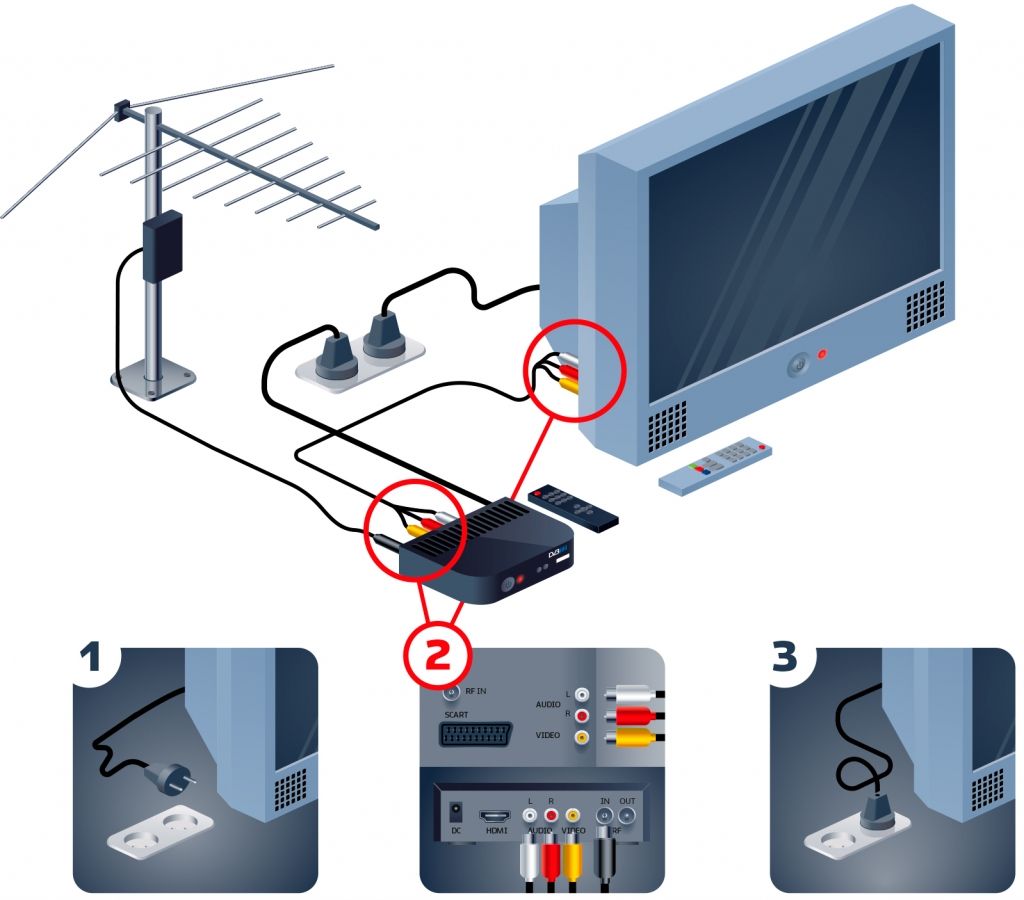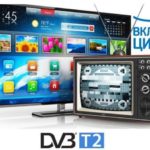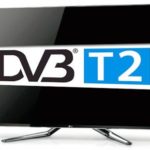From what year do TVs support digital television?
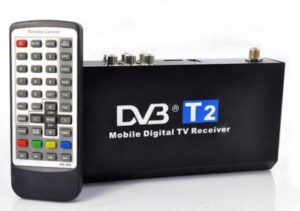 Recently, we have increasingly heard statements from television business representatives about a complete abandonment of analogue broadcasting and a total transition to a digital format. The question immediately arises: “Who will be able to watch programs in the new format and what should those with analogue equipment do?” Let's try to answer it and at the same time understand modern television technologies.
Recently, we have increasingly heard statements from television business representatives about a complete abandonment of analogue broadcasting and a total transition to a digital format. The question immediately arises: “Who will be able to watch programs in the new format and what should those with analogue equipment do?” Let's try to answer it and at the same time understand modern television technologies.
First, let's find out when manufacturers began offering consumers products of a new direction, from what year, and then we'll figure out what this data transmission on the air is.
The content of the article
In what year did TV models that support digital television begin to be produced?
After the invention of television, at the beginning of the last century, and the launch of mass production of equipment for viewing images, in the late 30s, televisions were constantly improved and improved. And already in the first years of the current century, technology has completely taken a digital footing.
Manufacturers completely abandoned the production of models with picture tubes and switched to plasma technologies. Having quickly conquered the consumer market, plasma began to give way to LCD screens.
The next breakthrough was made at the end of the 00s.The new OLED image transmission format using quantum dots has made it possible to increase the screen size without losing color quality. The era of digital television has begun.
Countries around the world have begun to completely switch to digital. As for Russia, it is generally accepted that it came to us in 2009.
Which models support this signal?
Today, all produced TV models are adapted to receive digital broadcasts.
Those who purchased equipment more than 5 years ago should refer to the technical data sheet for the model. If the instructions indicate the DVB-T2 standard, then the TV is designed to receive the required signal in the CIS countries. The abbreviation DVB-T indicates the European broadcast format.
IMPORTANT. For those regions of the country where a digital network has not yet been launched, these models allow you to receive an analog television signal.
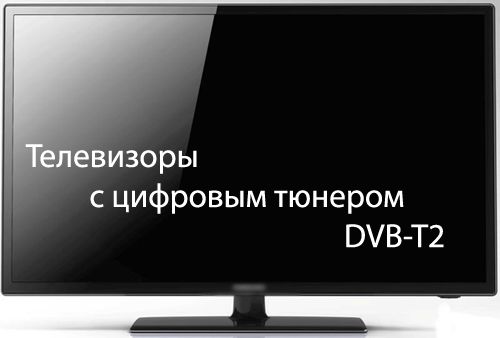
What is digital television
This format differs from analog in the way the signal is processed. It is encrypted and compressed into packets for transmission. With this method, the signal is protected from external interference and is transmitted without distortion. For him, the saying is true: “Either the image quality is 100% or there is none at all.”
Advantages and conveniences of “digital”:
- Due to the compactness of the signal, the required power for television transmitters is reduced. Accordingly, less electricity is consumed.
- With packet transmission, it became possible to increase the number of channels on one frequency range.
- There are functions of returning to the beginning of transmission, recording and delayed viewing.
Disadvantages (removed by developers):
- The signal is poor during a thunderstorm.
- If the reception level is low, the image may fade and disintegrate into pixelated squares.
With a small number of disadvantages, digital broadcasting is of higher quality, lower in cost and energy consumption. At the same time, new opportunities, the number of which will only expand, make digital more convenient and attractive for the consumer.
